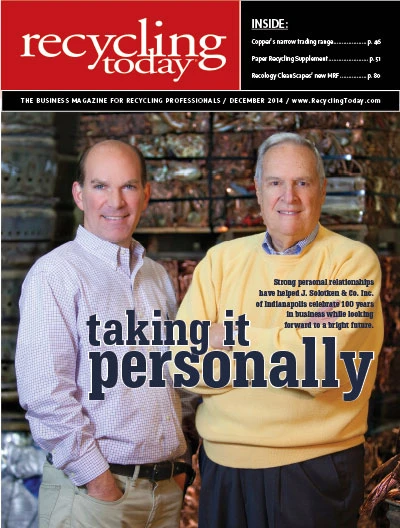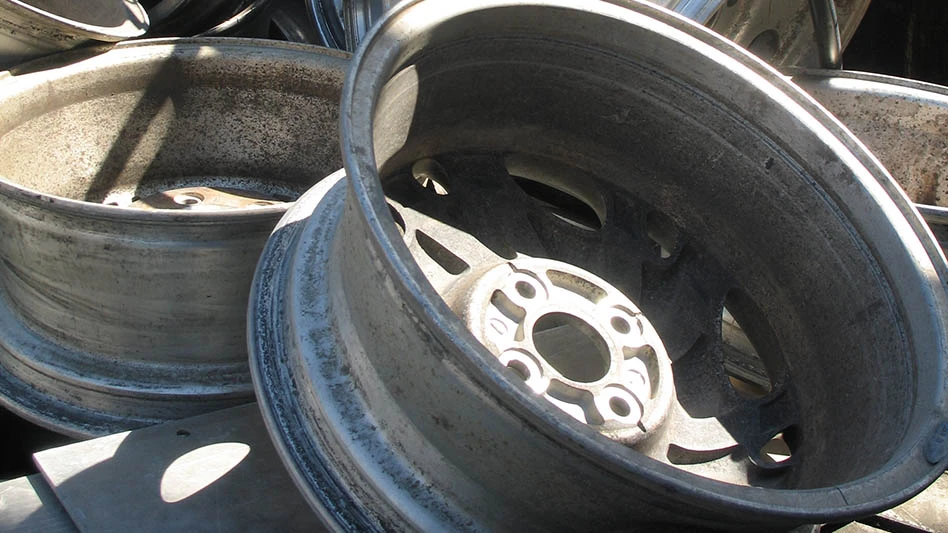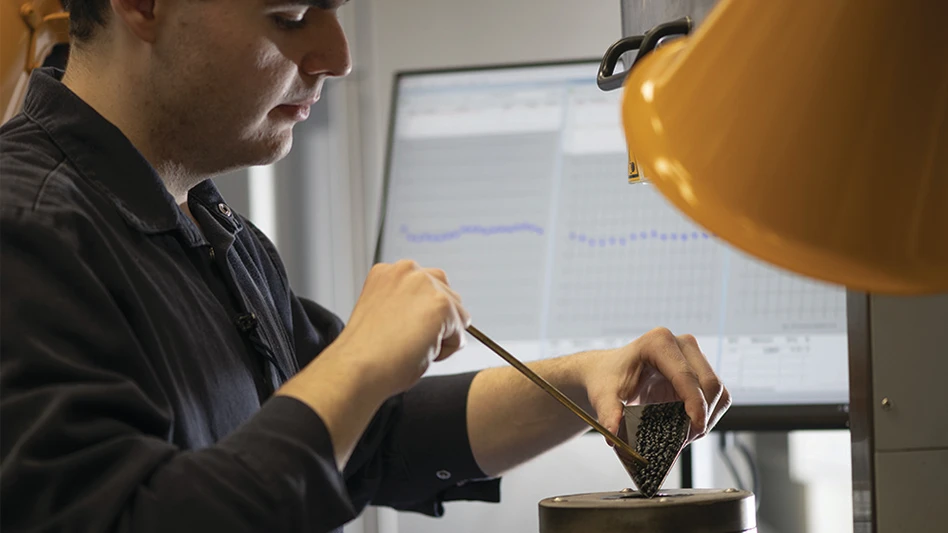
Nonferrous metals markets are stumbling toward the end of the year having experienced little upward momentum in 2014. However, some signals indicate that a number of nonferrous metals could be at the early stages of a recovery.
Aluminum could be set for a fairly strong upturn in 2015. According to industry sources, capacity cuts throughout the past several years have reduced the vast oversupply of aluminum on the global market. A source of greater enthusiasm is the growing use of aluminum in the automotive sector in an effort to lighten vehicles’ curb weight and improve gas mileage.
One source says aluminum demand from the auto industry could increase 100 fold from 500,000 tons to nearly 5 million tons by 2025.
Reflecting the improving North American aluminum market, the Aluminum Association, Washington, reports that aluminum ingot, scrap and mill products imported into the U.S. and Canada during September totaled 475 million pounds, a 30 percent increase from September 2013. Meanwhile, exports of aluminum scrap for September increased by 3.3 percent. For the full year, the Aluminum Association forecasts aluminum shipments from North American producers to increase by 5.6 percent to 24 billion pounds.
Despite these positives, the short-term outlook is less robust. Although sources say aluminum prices should remain fairly decent, several factors, such as the general weakness of the Chinese and European economies, may soften pricing.
Sources are expressing less bullishness for copper and copper scrap markets. The metal is most closely linked to the relative health of the Chinese economy. Most economists and analysts say they expect to see China’s economy struggle through most of 2015.
However, the country’s smelters continue to produce large amounts of refined copper. A recent report from Reuters notes that China’s smelters increased their output of refined copper by 13.6 percent in October relative to October 2013.
The nickel and stainless markets also have seen downward pressure through most of 2014, though a number of scenarios may strengthen markets for these metals going forward. In the short term, a potential strike at one of the largest nickel producing mines in the world could boost prices for nickel and stainless steel scrap.
Another factor that could boost the value of stainless steel scrap is Indonesia’s restriction of nickel ore exports. The move, which went into effect early in 2014, has not had significant impact on China’s buying of substitute materials as many analysts had expected.
Sources say China bought a large amount of nickel ore from Indonesia prior to the restriction in addition to turning to the Philippines to supplement its nickel ore needs, meaning it has not yet had to ramp up stainless steel scrap purchasing. However, industry observers say they expect China to start buying stainless steel scrap in 2015, which could help boost prices for the material.
In the United States, the ramp up of Outokumpu’s stainless steel mill in Calvert, Alabama, was expected to help strengthen domestic stainless steel scrap markets. However, production problems at the facility have reduced the Outokumpu’s scrap requirements at the mill in the short term.

Explore the December 2014 Issue
Check out more from this issue and find your next story to read.
Latest from Recycling Today
- New recycling grant program launches in Massachusetts
- Tire Recycling Foundation names executive director
- Dock 7 named 2025 Exporter of the Year at New Jersey International Trade Awards
- Waste Connections reports ‘better than expected’ Q1 results
- Commentary: How EPR is transforming the packaging industry
- Acerinox names new North American Stainless CEO
- Greenwave closes 2024 books with red ink
- Steel Dynamics nets $217M on record shipments








